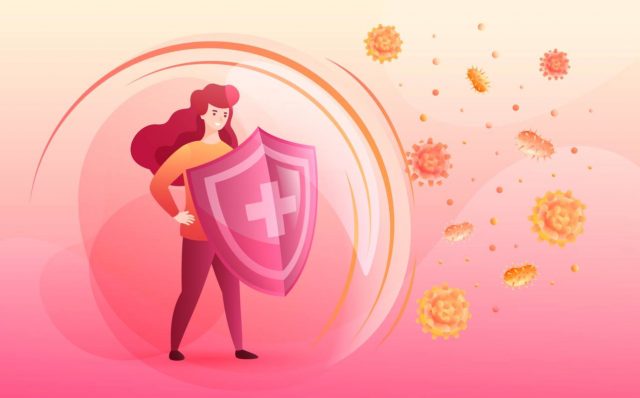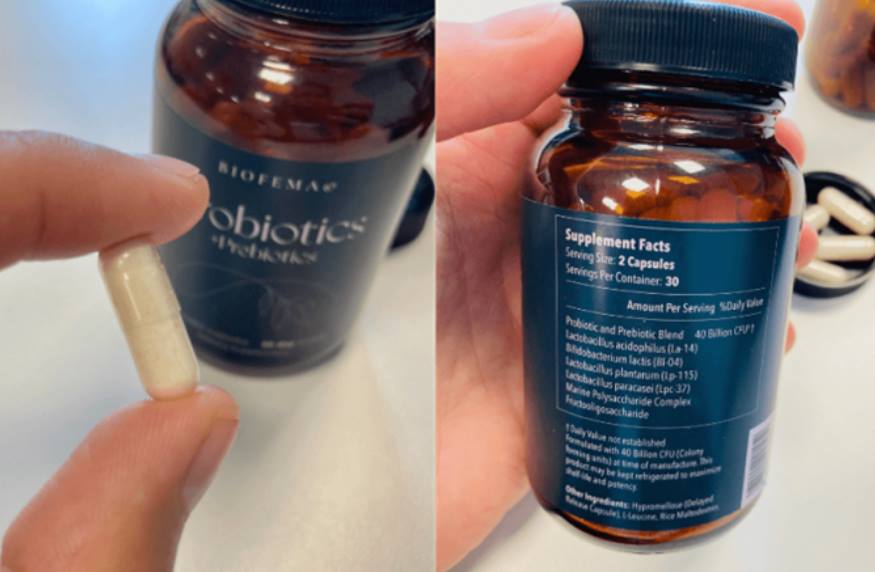The Efficacy of Holistic Approaches in Addiction Recovery
Introduction
In the field of addiction recovery, holistic approaches are gaining recognition for their effectiveness in treating not just the symptoms of addiction but the whole person. These methods encompass a range of practices aimed at addressing the physical, emotional, mental, and spiritual aspects of addiction.
Understanding Holistic Recovery
Definition and Philosophy
Holistic recovery is an approach to addiction treatment that focuses on treating the entire individual rather than just the addiction itself. This philosophy recognizes that addiction is often a symptom of broader issues, including emotional distress, mental health disorders, or spiritual imbalance.
Components of Holistic Treatment
Holistic treatments can include a variety of therapies such as yoga, meditation, acupuncture, nutritional counseling, art therapy, and more. These therapies are often used in conjunction with traditional treatments like counseling and medication.
The Benefits of a Holistic Approach
Addressing Underlying Causes
Holistic treatments aim to uncover and address the underlying causes of addiction. For instance, practices like mindfulness and yoga can help individuals gain insights into the triggers and emotional states that lead to substance use.
Enhancing Mental and Emotional Well-being
These approaches often help in reducing stress, anxiety, and depression, which are common among those struggling with addiction. By improving overall mental and emotional well-being, holistic methods can enhance the effectiveness of more traditional therapies.
Evidence Supporting Holistic Treatments
Research Findings
Several studies have shown the benefits of holistic treatments in addiction recovery. For example, a study published in the Journal of Substance Abuse Treatment found that incorporating practices like meditation and mindfulness can significantly reduce the rates of relapse.
Success Stories
Many recovery centers report that patients who engage in holistic therapies show improvements in self-esteem, stress management, and emotional regulation, all of which are critical for long-term recovery.
Integrating Holistic Methods into Traditional Treatment
The Complementary Nature of Holistic Therapies
Holistic therapies are often used in conjunction with traditional addiction treatments. For instance, while counseling addresses the psychological aspects of addiction, practices like yoga and meditation can help manage physical symptoms and stress.
Creating Individualized Treatment Plans
Incorporating holistic methods into a treatment plan should be based on the individual’s preferences and needs, ensuring the best possible outcome for each patient.
The Role of Nutrition and Physical Health
Nutritional Counseling
Good nutrition is essential in recovery, as substance abuse can lead to nutritional deficiencies. Nutritional counseling can help individuals rebuild physical health, which is a key component of overall well-being.
Exercise and Physical Activity
Regular physical activity is another important aspect of holistic recovery. Exercise not only improves physical health but also releases endorphins, natural mood lifters, which can reduce cravings and improve mental health.
Mind-Body Practices in Recovery
Yoga and Meditation
Yoga and meditation are common holistic practices in addiction treatment. They promote relaxation, enhance physical strength, and improve mental clarity, aiding in the recovery process.
Mindfulness-Based Relapse Prevention
Mindfulness-based relapse prevention (MBRP) is a therapeutic approach that combines traditional relapse prevention therapy with mindfulness techniques. It teaches individuals to be aware of their thoughts and feelings and to respond to them in healthier ways.
The Spiritual Dimension in Addiction Recovery
Addressing Spiritual Needs
Many holistic treatments also address the spiritual aspect of recovery. Practices like meditation, nature therapy, and certain forms of counseling can help individuals find meaning and purpose beyond their addiction.
Incorporating Various Spiritual Practices
The inclusion of various spiritual practices in treatment allows individuals to explore and connect with their spirituality, which can be a powerful component of the recovery journey.
Challenges and Considerations
Accessibility and Acceptance
One challenge of holistic therapies is their accessibility. Not all treatment centers offer these options, and there can be skepticism about their efficacy.
Ensuring Qualified Practitioners
It’s crucial to ensure that holistic therapies are provided by qualified practitioners. This ensures the safety and effectiveness of the treatment.
The Future of Holistic Approaches in Addiction Recovery
Growing Recognition and Research
The growing recognition of the efficacy of holistic approaches is leading to more research and integration of these therapies in treatment programs.
Expanding Access to Holistic Therapies
As evidence of their effectiveness continues to grow, there is a push to make holistic treatments more accessible to those in recovery.
Conclusion
The efficacy of holistic approaches in addiction recovery lies in their ability to treat the whole person, not just the addiction. By addressing the physical, emotional, mental, and spiritual aspects of recovery, holistic treatments can enhance the effectiveness of traditional therapies and support long-term sobriety. As understanding and acceptance of these methods continue to grow, they are likely to become an increasingly integral part of addiction treatment.











